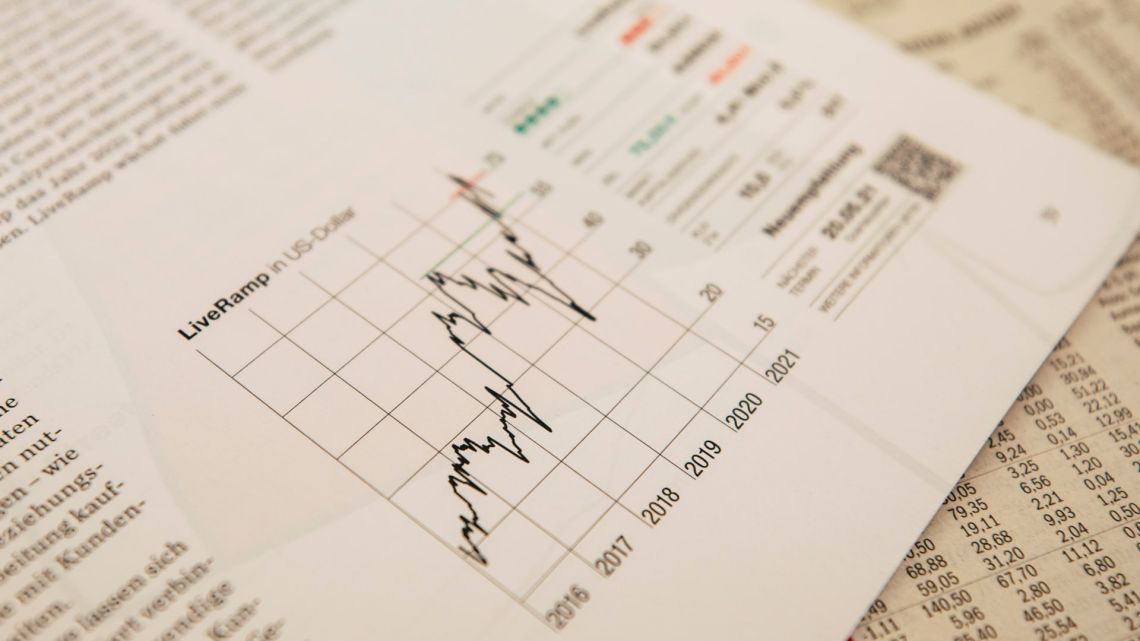
Remember the marketing slogan "Today is history, tomorrow is ___"? Well, it seems fitting as we dive into our cover story for Oct. 30. In this piece, we don't want you to sit around complaining about bonds, we want you to take action and buy them.
This past week has seen an impressive rally for long-term Treasury bonds. In fact, it's the biggest rally since the tumultuous times in March 2020 when Covid first hit. The benchmark 10-year Treasury yield finished the week at 4.52%, a significant drop from the 5% mark reached just a couple of weeks ago. As a result, bond prices have risen.
The impact of these lower yields hasn't stopped at bonds though. Stocks have also experienced a boost, with major indexes enjoying their biggest weekly gains of the year. The Dow Jones Industrial Average saw a 5.07% increase, while the Nasdaq Composite soared by 6.61%. The S&P 500 fell right in the middle with a solid 5.85% advance.
We owe thanks to several key players for this positive turn of events. First, let's give credit to Janet Yellen, our Treasury secretary, who provided indications that the rapid rise in interest rates had reached its peak. Next, we have Jerome Powell, the Federal Reserve chairman, who echoed these sentiments. Lastly, shoutout to the Bureau of Labor Statistics for their role in contributing to this market shift.
The week began with the Treasury sharing its quarterly borrowing plans. Thankfully, these plans contained fewer longer-term securities than what market participants were dreading. This news sparked a frenzy of covering short positions in Treasury bonds and futures.
On the other hand, the Federal Open Market Committee made a more predictable move by deciding to keep its key federal-funds target range at 5.25%-5.50%. Surprising no one, their recent Summary of Economic Projections from September indicated a potential quarter-point hike by year-end. However, Powell emphasized during a news conference that the effectiveness of these projections dwindles over the span of three months. It's worth noting that the fed-funds futures market also doesn't anticipate any further hikes by the central bank.
The Changing Landscape of the Labor Market
The latest employment data released on Friday has caused some market observers to reassess their outlook. There are indications that the labor market is cooling off, which has led to speculation that the Federal Reserve may not raise interest rates further and might even implement cuts in 2024. In October, nonfarm payrolls increased by 150,000, falling short of the economists' estimated rise of 180,000. Additionally, the combined tally for the preceding two months was revised down by 101,000.
Shifts in the Labor Force
While the unemployment rate experienced a slight increase of one-tenth of a percentage point, reaching 3.9%, the reason behind this rise is concerning. In previous months, the jobless rate climbed due to a higher number of individuals entering the labor market. However, in October, the labor force actually decreased.
Part of the reason for last month's payroll shortfall can be attributed to the over 30,000 United Auto Workers members who went on strike. Interestingly, the generous pay agreements reached during these walkouts suggest that the labor market is not as weak as it may initially appear.
Wage Growth and Economic Indicators
October saw a year-over-year rise of 4.1% in average hourly earnings, slightly down from September's 4.3%. This trend may continue to increase in the future. The Employment Cost Index, a broader indicator closely monitored by Federal Reserve policymakers, recorded a 4.3% year-over-year increase in the third quarter, illustrating a tight labor market.
Market Reactions and Their Consequences
The bond and stock markets have experienced significant surges lately, reflecting the hopes for a stable and smooth economic slowdown. This sentiment implies that further interest rate hikes are unlikely and even raises prospects of subsequent cuts in the next year. However, these rallies may ironically hinder the achievement of this desired outcome.
The Federal Reserve's decision not to raise policy rates was, in part, due to previously tight financial conditions, including higher bond yields, a strong dollar, and lower stock prices. The recent upturn in stock and bond prices, along with a weakened dollar, over the past week may delay the long-predicted economic slowdown.
These factors paint a picture where the Federal Reserve may not pursue further rate hikes as expected, and hopes for future cuts in 2024 may be premature.













Write Your Comment